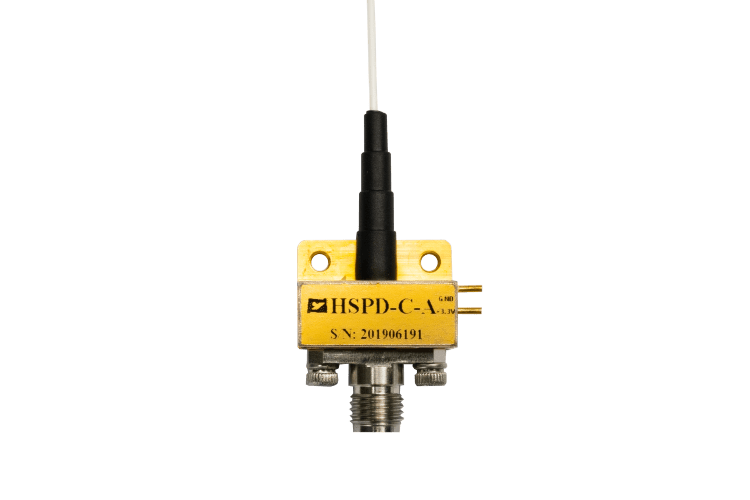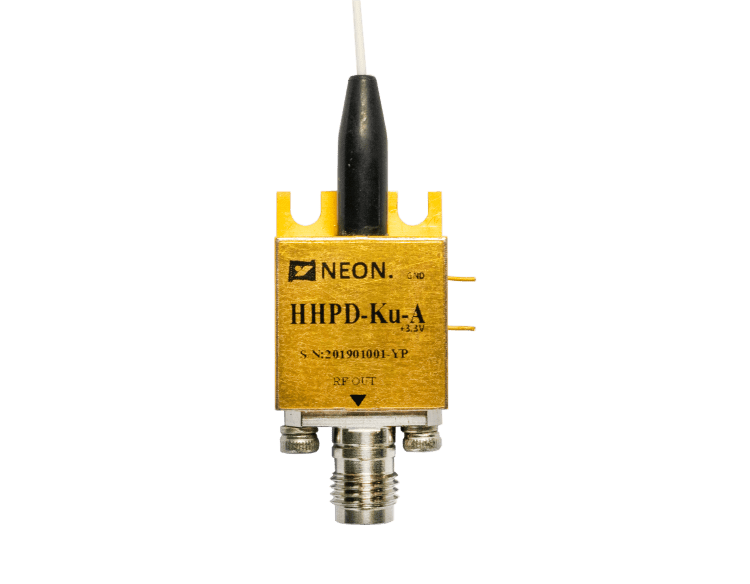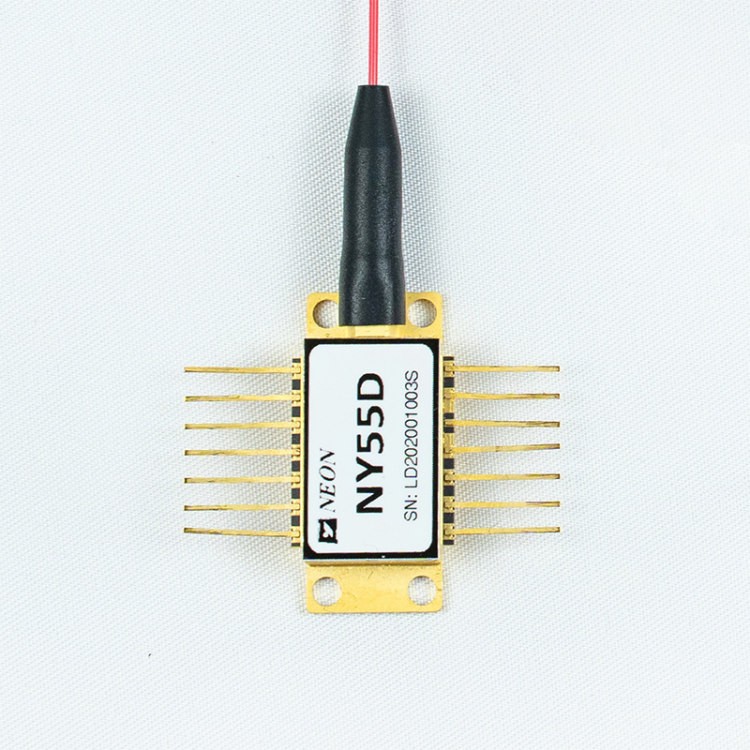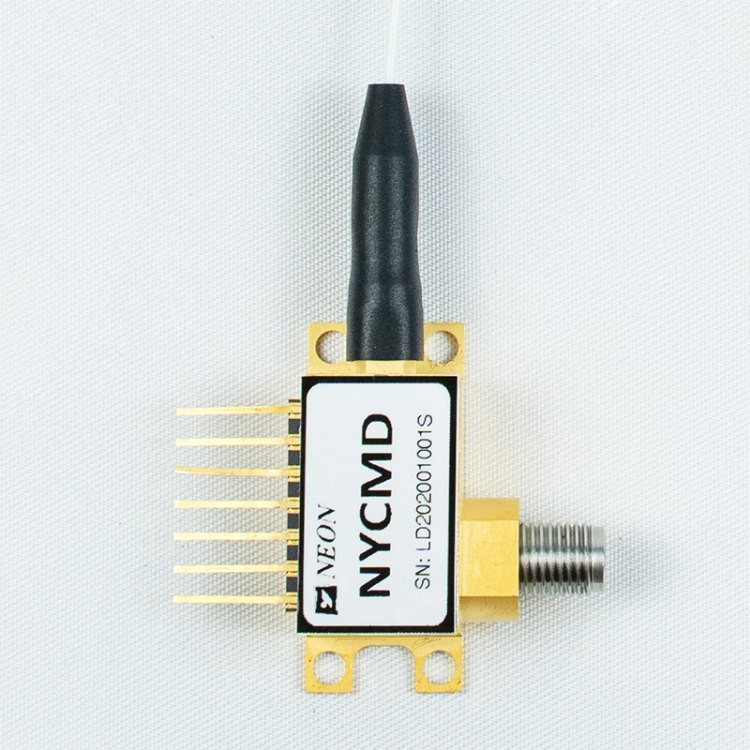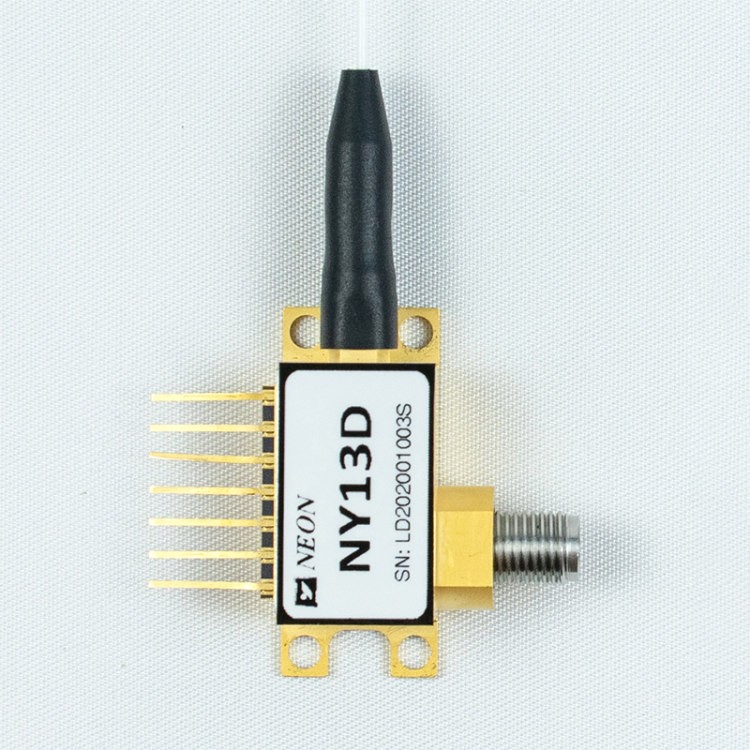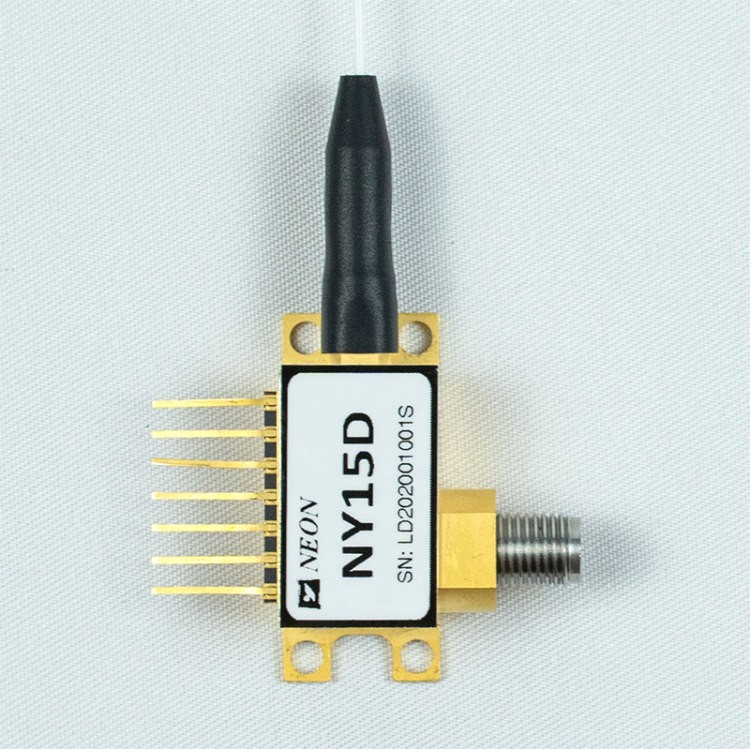EML vs DML Laser: What’s the Difference?
When discussing optical transceivers (especially 100G), we are often asked about two different types of laser technologies: DML and EML. What is the difference between these two technologies? What is the difference between their corresponding DML Lasser and EML Lasser? How important is this distinction on a daily level? This article will answer all these questions.
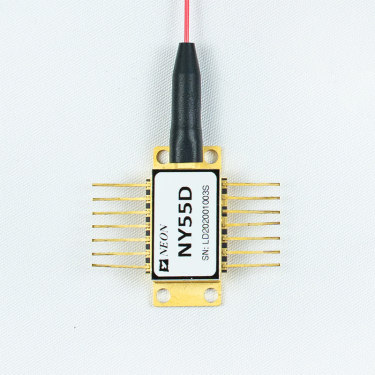
What is DFB Lasser?
DML is the abbreviation of Directly Modulated Laser, that is, directly modulated laser. Due to the structure used to build it, this laser can also be referred to as distributed feedback (DFB) – DFB Lasser. As the name implies, DML controls the intensity of laser output by changing the injection current of the laser. The intensity of the laser corresponds to the signals 0 and 1.
DML laser modulates the signal by changing the current, but the change of the injected current will cause the change in the carrier concentration, which will cause the change in the refractive index of the material. DFB laser uses grating to select the mode, and the change of refractive index will bring about the change of wavelength.
However, the change of its wavelength will bring about the chirp effect, and the fiber itself also has dispersion, which will lead to pulse broadening and signal distortion. Therefore, DML lasers are not suitable for long-distance transmission.
What is DML Lasser?
Electro-absorption modulated laser (EML) is an integrated device of electro-absorption modulator (EAM) and DFB laser (LD). It is composed of an electro-absorption modulator that uses the quantum confinement Stark effect (QCSE) and a DFB that uses internal grating coupling to determine the wavelength. The laser-integrated high-performance light source for optical communication with small size and low wavelength chirp is a universal ideal light source for information transmission carriers in high-speed optical fiber transmission networks at home and abroad. There are a large number of applications in the access network, such as the light source for optical fiber transmission in metropolitan area networks and local area networks, and the light source for electrical-optical signal conversion and remote transmission in phased array radar base stations. Compared with directly modulated DFB lasers, the transmission characteristics and transmission effects of EML are better than DFB lasers, especially in high-frequency modulation or long-distance transmission.
EML products are also divided into chip products, component products, and module products. Module products include component products, and component products include chip products. Therefore, the key core of EML is the EML chip, which is the core of the electro-absorption modulated laser.
InP’s electro-absorption modulator can be integrated with the laser on a single chip. The commonly referred to as EML refers to electro-absorption modulated lasers. In addition to the electro-absorption modulator, another commonly used modulator is the Mach-Zehnder modulator based on the electro-optic effect.
When is DFB Lasser used?
Data transfer rate

Actually, about when to use them? The answer to this question is simple. Under normal circumstances, the choice of DML or EML is determined according to their usage scenarios. Generally speaking, DML is used for lower data rate applications and shorter distances, while EML handles longer distances at higher data rates.
Should I choose DML or EML?
As shown in the figure, you don’t have to choose most applications. The technical limitations of DML restrict its use to 10 kilometers and below, while the relatively high cost of EML makes it economically infeasible to use it at 1G and 10G data rates and distances below 10 kilometers. However, the demand for EML lasers for 400G and 100G single lambda applications may reduce future cost differences.
And the frequency bandwidth of EML is mainly determined by the RC time of the electro-absorption modulation area. Since the EML laser needs additional current input to the modulator, its power consumption will be higher than that of the DML laser.

From the performance point of view, all aspects of EML performance (including chirp effect, extinction ratio, eye diagram, jitter, transmission distance, etc.) are better than DML. The advantages of DML are its small size, low cost, and low power consumption. Based on this, DML is more suitable for data center applications, while EML is suitable for carrier-grade applications.
You should choose the laser diode that suits you according to your own needs. If you want to buy a good laser diode but there is no reliable merchant, then I recommend NEON to you. The quality of the NEON laser diode is absolutely worthy of your trust. If you want to know more about NEON laser diode, you are welcome to contact us. We will definitely give you high-quality products and quotations that make you heart-warming.


